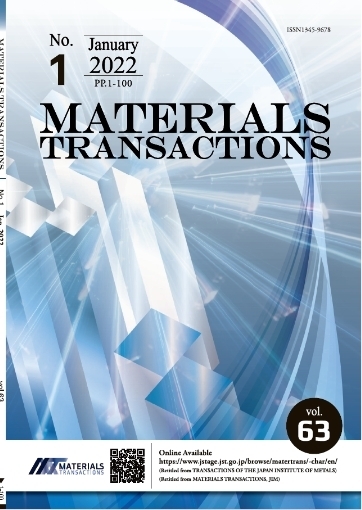Nanostructured Materials from Clusters: Synthesis and Properties
Alain Perez, Patrice Mélinon, Véronique Dupuis, Brigitte Prével, Laurent Bardotti, Juliette Tuaillon-Combes, Bruno Masenelli, Michel Treilleux, Michel Pellarin, Jean Lermé, Emmanuel Cottancin, Michel Broyer, Matthieu Jamet, Matthieu Négrier, Florent Tournus, Mélanie Gaudry
pp. 1460-1470
Abstract
The low energy cluster beam deposition technique (LECBD) is developed to prepare original nanostructured systems from clusters preformed in the gas phase. The nucleation and growth mechanism specific of the cluster deposits is studied in view to control the nanostructured morphology of the cluster assembled films, especially for future applications to high areal density devices. Examples of the synthesis and properties of metallic nanostructures as well as covalent ones are presented. In the first case, systems from noble metal clusters (Ag, Au, and AgxAu1−x) and transition metal based clusters (Co, SmCo5) assemblies are studied for their original optical or magnetic properties, respectively. In the second case, covalent semiconducting films exhibiting specific electronic structures are obtained by Si, C, and SixC1−x cage like clusters (fullerenes and heterofullerenes) depositions.










